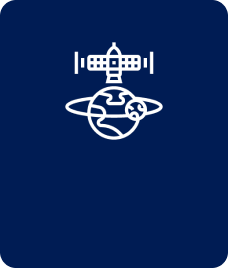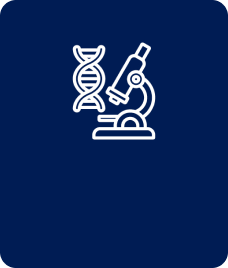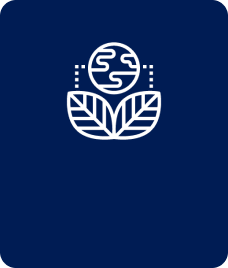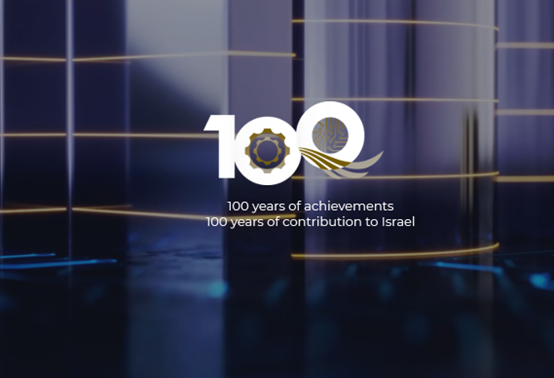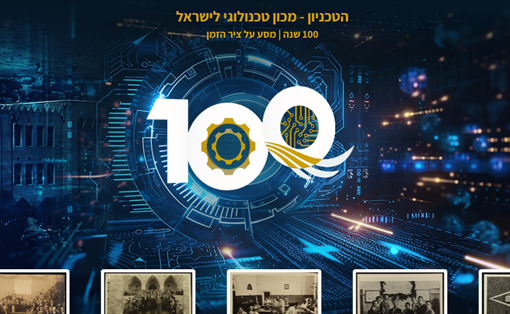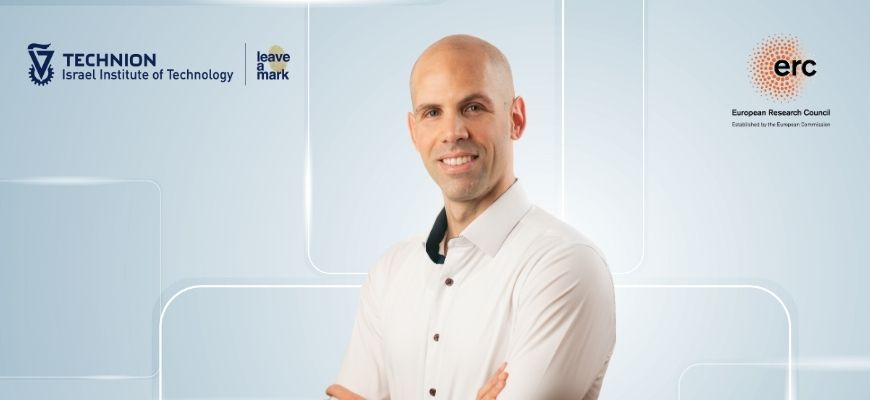
What's new?
All Articles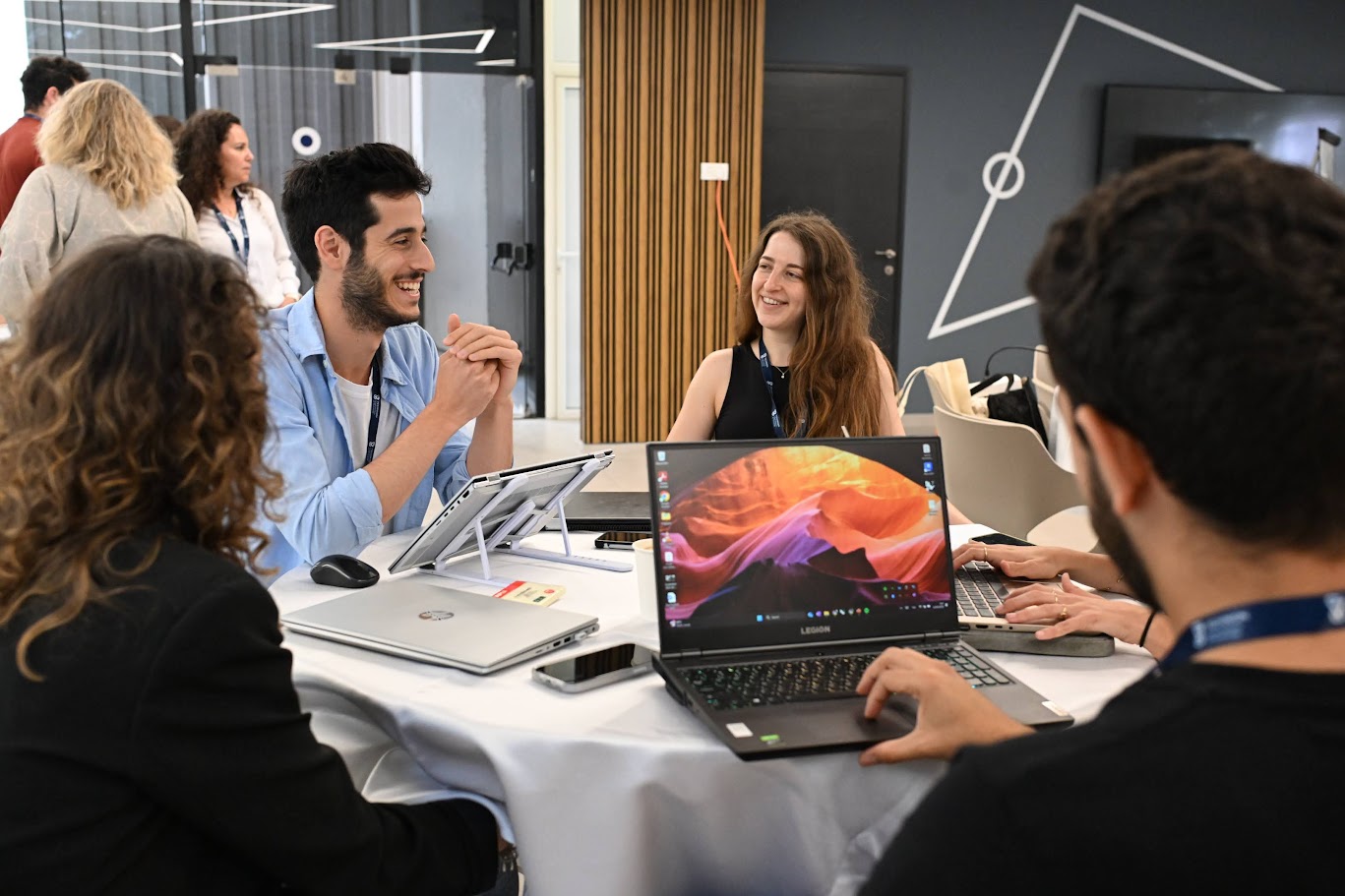
Shanghai Ranking of Academic Subjects 2025: Technion Among Top 100 Universities Worldwide in Six Specific Fields
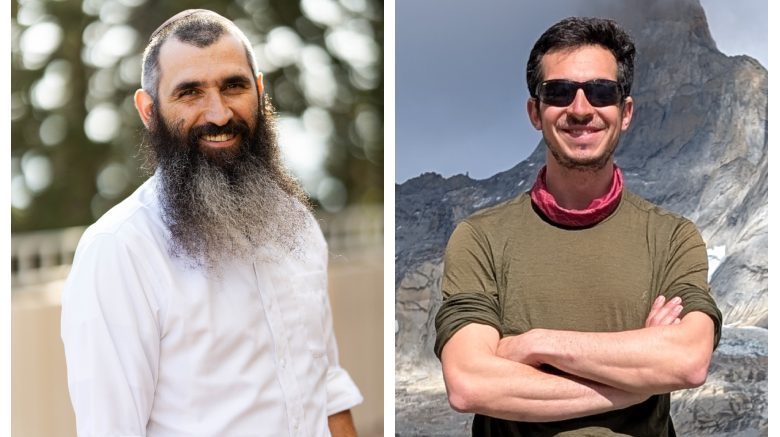
Tiny Windows into a Vast Future
Prof. David Eisenberg of the Technion in Science: Porous Structures as the Foundation for the Future of Energy

Between the Heart and Cancer
Technion Researchers reveal complex interactions between heart disease and cancer, in the hope that their findings will lead to improved treatment for both conditions
Events
View All Events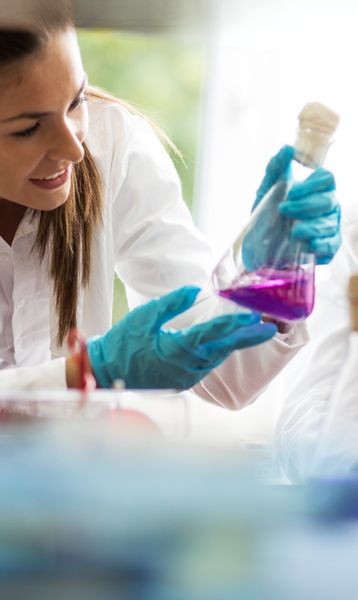
Technion on the Bar – Chemistry and Artificial Intelligence
23.12.2025 Tuesday, at 20:00
Add to calendar
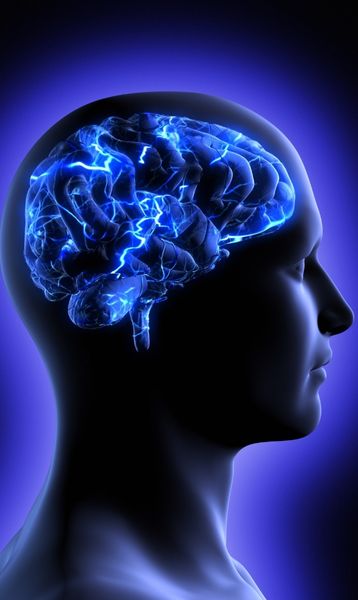
Music, Science, and Inspiration – The Memory Code
14.01.2025 Tuesday, at 12:30
Add to calendar

Landmarks Exhibition
01.06.2025 Sunday, at 09:00
Add to calendar
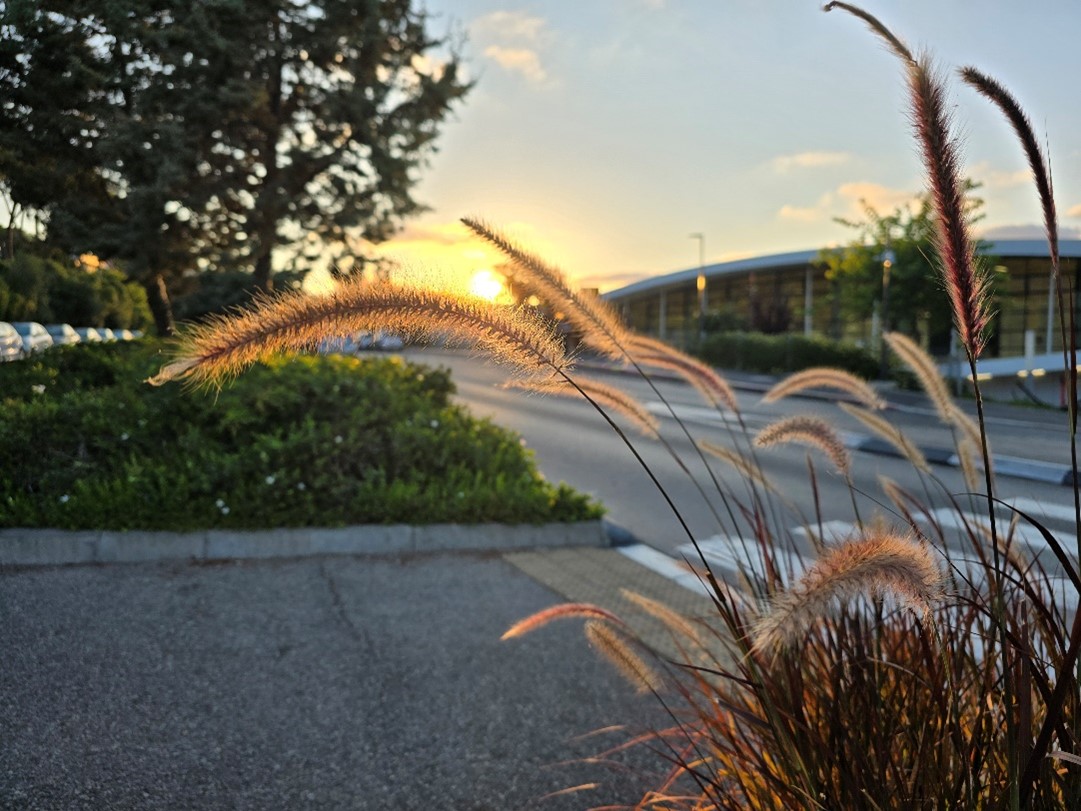
Nature on Campus Photography Exhibition
16.07.2025 Wednesday, at 09:00
Add to calendar
15000
Students
in a variety of degrees
60
Research Centers
across campus
18
Faculties
100000
Graduates

